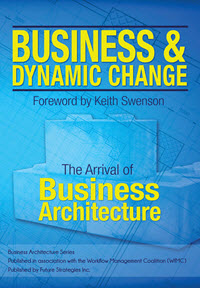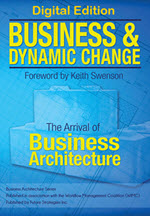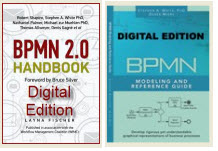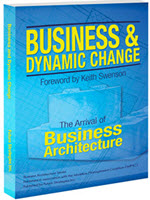| Home Free Chapters Browse Book Store Industry Blog Contact Us | |
|
View Larger Image - full cover Use your Amazon account?
Best BPMN Books Bundle
|
Business and Dynamic ChangeThe Arrival of Business ArchitecturePress Release here: Facebook and BPM-Books.com
About This BookThe chapters in this book are contributed by visionaries who see the need for business leaders to define their organizations to be agile and robust in the face of external changes. The goal is to build something knowing that it will be changed; so that you have no need to go back to the metaphorical drawing board for every market condition change. In his Foreword, Keith Swenson asks you, "Consider what it means to say that the business will adapt in the face of external changes. The business architecture is not simply a model that specifies how to run the business for now and the next few years. The people making the architecture cannot know the pressures that will be faced. Instead, it must support leaders and executives within the organization to make consistently good decisions on how to adapt their practices. The architecture is not a plan that anticipates all the decisions; instead it embodies a set of core guiding principles that enable decision-making." Understand that the term “business” used this way is not limited to for-profit enterprises but includes all forms of organizations that have a strategic need to accomplish goals. Pragmatically speaking, business architecture is the conceptual understanding that people have on why particular choices were made in forming the organization in a particular way. This book will help you understand your options and how to relate them to your own organization. The current situation We are at the point of applying these ideas to architecting organizations as a whole. Many parallel efforts have evolved and are currently in use. As a result, there is a need to make some sense out of the jungle of ideas, concepts and approaches to architecture applied to organizations.
This is much like a normal building architecture that differs if the building is intended to be a house, industrial structure or an office structure. The purpose determines what components, relationships and dynamics are in effect at certain points in time. The book addresses these issues in two main sections:
|
Who should read this book?This book will stimulate thinking about a more complete approach to business architecture. As such, it is imperative reading for executives, managers, business analysts, and IT professionals that require an understanding of the structural relationships of the components of an enterprise. |
Table of Contents
Foreword
Keith D. Swenson, WfMC Chair and Vice President, Fujitsu America
Introduction
Frank F. Kowalkowski, Knowledge Consultants, Inc., and Gil Laware, Information By Design, USA
Part One – The Big Picture of Architecture
Business Architecture – Information Necessity
Michael G. Miller, HSBC Global United States
Business Architecture: Setting the Record Straight
William Ulrich, TSG, Inc., USA, Whynde Kuehn, S2E Consulting Inc., USA
Making Sense of the Architecture Jungle
Frank F. Kowalkowski, Knowledge Consultants, Inc., USA
Converting Decision to Action
Gil Laware, Information By Design, USA
Design and Reengineering of Business: An Engineering Approach
Brian K Seitz, Intellectual Arbitrage Group, USA
Building a Foundation for Business Architecture
Martin Klubeck, Michael Langthorne, Donald Padgett
How Business Architecture Enables Agility in a Dynamic Market
Dr Michael Poulin, Clingstone Ltd., UK
Part Two – Where the Rubber Meets the Road
Linking Architectures for Business Results
Jude Chagas Pereira, IYCON
Database Reverse Engineering for Business Due Diligence
Michael Blaha, Modelsoft Consulting Corp
Heat-mapped Value Streams as the Translation from Strategy to Action
J. Bryan Lail, Stephanie Ramsay, Ralph Shaw, Raytheon, U.S.
Applying Architecture to Business Transformation and Decision-making:
Case Aalto University
Patrik Maltusch, Aalto University, Finland and Virpi Nieminen, QPR Software, Finland
Business Architecture for Process-Oriented Learning in Public Administration
Darius Silingas, No Magic Europe, Lithuania; Barbara Thönssen, FHNW, Switzerland; Alfonso Pierantonio, University of L’Aquila, Italy, Nesat Efendioglu, Robert Woitsch, BOC Asset Management, Austria
Leveraging Architecture Federation to Increase the Value and Use of Architecture
David Rice, EA Frameworks, LLC, USA
BA Practical Data Governance
Michael S. Connor, American Family Insurance, U.S.A.
Part 3: Appendices
Acknowledgements:
The publishers acknowledge with thanks the concepts and guidance for this book provided by Frank Kowalkowski and Gilbert Laware. Formed under the auspices of WfMC.org, the members of the newly-formed Business Architecture Working Group are active contributors to this book.
ADD TO CART!
Launched June 22, 2015 at the BPM and Case Management Global Summit, the highly anticipated “Business and Dynamic Change” is widely held as the most important Business Architecture book of 2015, illustrating the discipline’s transformation from IT Enterprise Architecture to a business imperative necessary for rapid response to change.
What does that BPM acronym mean? Simply type in any term and get the quick answer |
||
Only $9.97 each |
|
Business Transformation Series
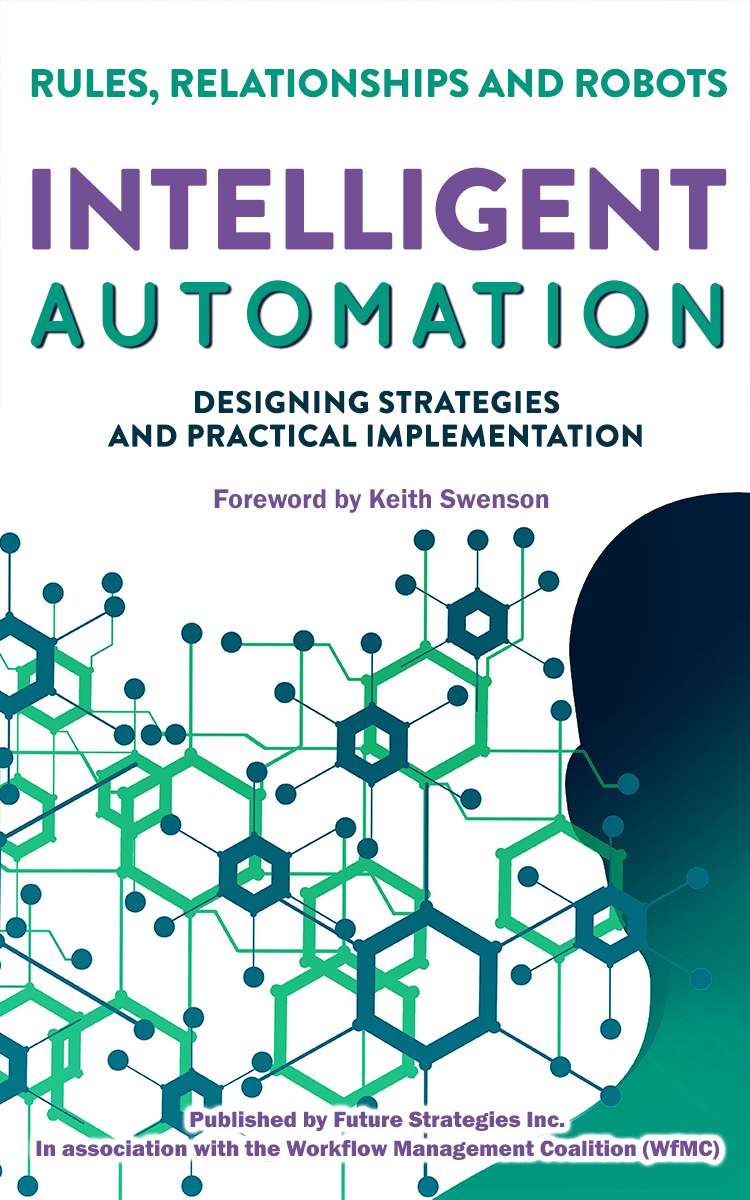
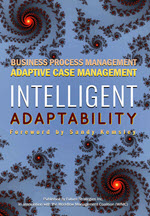
~ Business and Dynamic Change
~ BPM Everywhere
~ Thriving on Adaptability
~ Empowering Knowledge Workers
~ iBPMS - Intelligent BPM Systems
~ Human Centric BPM
~ Social BPM
~ Taming the Unpredictable
~ BPMN 2.0 Handbook 2nd Edition
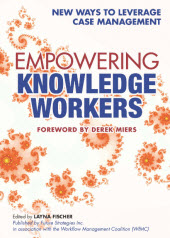
Retail $49.95
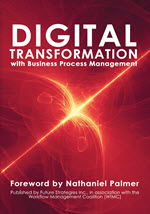
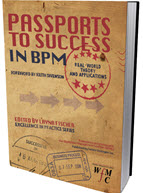
* Thriving on Adaptability
*
Passports to Success in BPM
* Moving the Goalposts
* Using BPM for Competitive Advantage
* Innovation, Implementation and Impact
* Successful Process Implementation
* Delivering BPM Excellence
* Taming the Unpredictable
* Customer-Centric Organization
* How Knowledge Workers Get Things Done
* Delivering Competitive Advantage
* Understanding and Using BPM
____________________
Could your case study be an Award-winner?
Get recognition for your visions and your team's achievments.

WfMC Awards for Excellence in BPM and Workflow
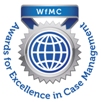
WfMC Awards for Excellence in Case Management

